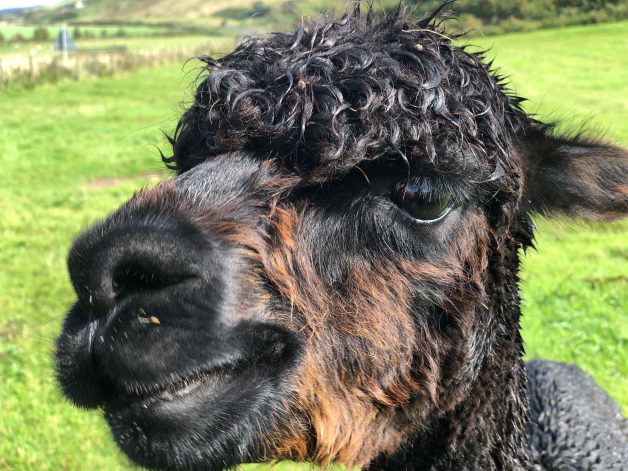Mindful, creative and kind. It’s a new mantra for me when I think about education. It also has a nice rhythm. Mindful, creative and kind (oh my!)
We talk about preparing children for the future, and there have certainly been enough pundits, educators, parents, politicians, and civic leaders who have bemoaned the lack of focus on teaching essential skills for the future. Some call these abilities “21st Century Skills,” or “Soft Skills” and you can learn more about them here if you aren’t familiar with these ideas. Some of the key concepts are: curiosity, collaboration, creativity, concentration, critical thinking, communication, commitment, flexibility. (It’s interesting to me how many start with C.)
The first thing that we know is that these abilities can be taught, and that they matter.
While educational approaches like inquiry, STEM, and project-based learning can all help to build these capacities in students, deep and meaningful engagement with artistic strategies can be powerful approaches to move in this direction as well. Arts-integration as explored by the Kennedy Center is the framework I’ve used for many years, but there are others that are also powerful.
Mindfulness can be part of any artistic activity. For instance, I’ve been incorporating some of the work from Sean Layne about focus and concentration, and it translates well to young children.
Creativity can take place throughout the day, and young students are naturally inclined that way. Sometimes our work as adults in the room is simply to provide space and materials, recognize the creative process, and get out of the way, although some guidance can be helpful. The ways that we reward and praise kids can also have profound implications on their orientation toward creativity, as Daniel Pink and Alfie Kohn have demonstrated so clearly.
Kindness is a core value for happy living. Teachers can teach and support children’s natural growth in this area, not through behavior management but through reflection, modeling, conversation, and focus. I’ve focused on this in my book, Beyond Nice.
These are all areas that are important in my trainings with teachers. And I recognize that the central obstacle is probably that teachers aren’t really given the support to focus on these things. Literacy and behavior take center stage. While it’s important to learn strategies for working with kids to encourage mindfulness, creativity, and kindness, it may be more important to simply validate the critical need for teachers to focus on them in the face of competing priorities. This may require a reorientation internally, as well as confronting the educational realities of a school.
But it matters. Deeply.
